Plant Science
Using an embryonic pause to save the date
A date palm seedling can pause its development to boost its resilience before emerging into the harsh desert environment.

Dates are one of the most significant fruit crops grown in the Middle East; however, little is known about how these resilient palm trees flourish in the high temperatures of desert habitats. Now, KAUST researchers have shown that date palms, after germination, can pause their early development within womb-like root structures in the soil, ready to grow when the environmental conditions are just right.
“Date palms are of huge importance to desert agriculture, especially in The Kingdom of Saudi Arabia, where they are considered as a symbol of vitality and prosperity,” says Ting Ting Xiao, who worked on the study with an international project team, under the supervision of KAUST’s Ikram Blilou. “Dates are known for their medicinal and nutritional values. In Europe, they are considered a delicacy, while in the desert they are a promising sustainable food source.”
“Our research was driven by curiosity. While there have been genomic and tissue-culture studies of date palms, there is little literature on the plant’s embryo development and organ formation,” Blilou explains.
Date palms employ a method of remote germination: rather than growing the first shoot and root right next to the seed and close to the surface of the soil, the whole seedling (root and shoot) remains within a multilayered root-like structure that buries deep into the soil to protect the young plant.

Macrographs showing the process of germination in date palm at two (left), three and four (right) weeks. The purple arrows point to the cotyledonary petiole. The scale bars are one centimeter.
© Reproduced with permission from reference one © 2019 American Society of Plant Physiologists
“It is what happens during remote germination that really surprised and delighted us,” says Xiao. “Using a combination of state-of-the-art high-resolution imaging and molecular tools, we found that date palms can pause their development—rather like some animals whose pregnancy lies dormant until conditions are favorable.”
When the time is right, such as when soil temperature increases, the plant emerges with a fully developed leaf and delicate root system, thereby maximizing its nutrients and water uptake in harsh surroundings.

Formation of organs in a protective structure during early stages of date palm development. Embryo within the seed (A), remote germination (B) and date palm forms a sheath that protects organs during early development (B, C).
© 2019 Illustrations penciled by TingTing Xiao from longitudinal sections of actual samples
“This is a real breakthrough in understanding plant adaptations to hostile desert environments,” says Blilou. “Our insights could have an immediate use for growers, who can focus on the root system to screen for new cultivars. Ultimately, this knowledge could help us in the fight against desertification.”
In a combined effort, KAUST plant science groups also plan to assess the genetic diversity of date palms in the Kingdom using genome resequencing as well as establishing breeding strategies for date palm. This work will contribute to improving date palm fruit production and quality for this important crop.
References
- Xiao, T.T., Raygoza, A.A., Perez, J.C., Kirschner, G., Deng, Y., Atkinson, B., Sturrock, C., Lube, V., Wang, J.Y., Lubineau, G., Al-Babil, S., Ramirez, L.A.C., Bennett, M. & Blilou, I. Emergent protective organogenesis in date palms: A morpho-devo-dynamic adaptive strategy during early development. The Plant Cell 31, 1751-1766 (2019).| article
You might also like
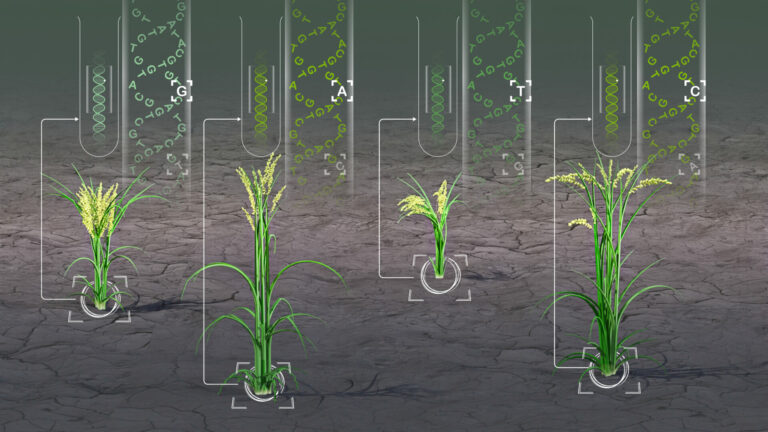
Bioengineering
Analytic tool reveals more cream of the crops
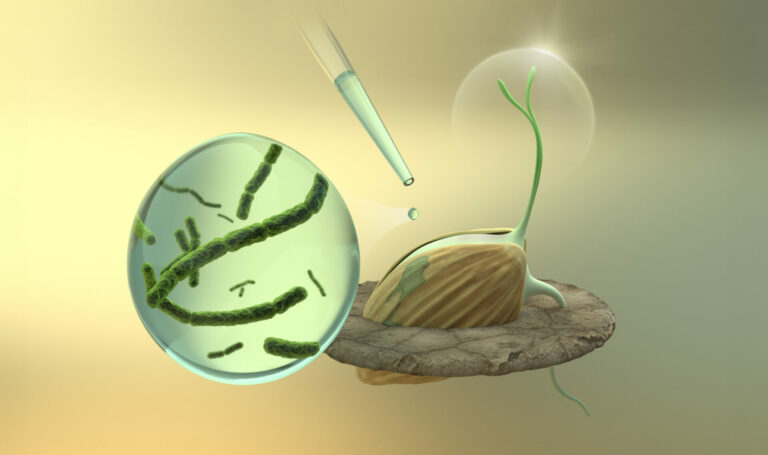
Plant Science
Targeting seed microbes to improve seed resilience
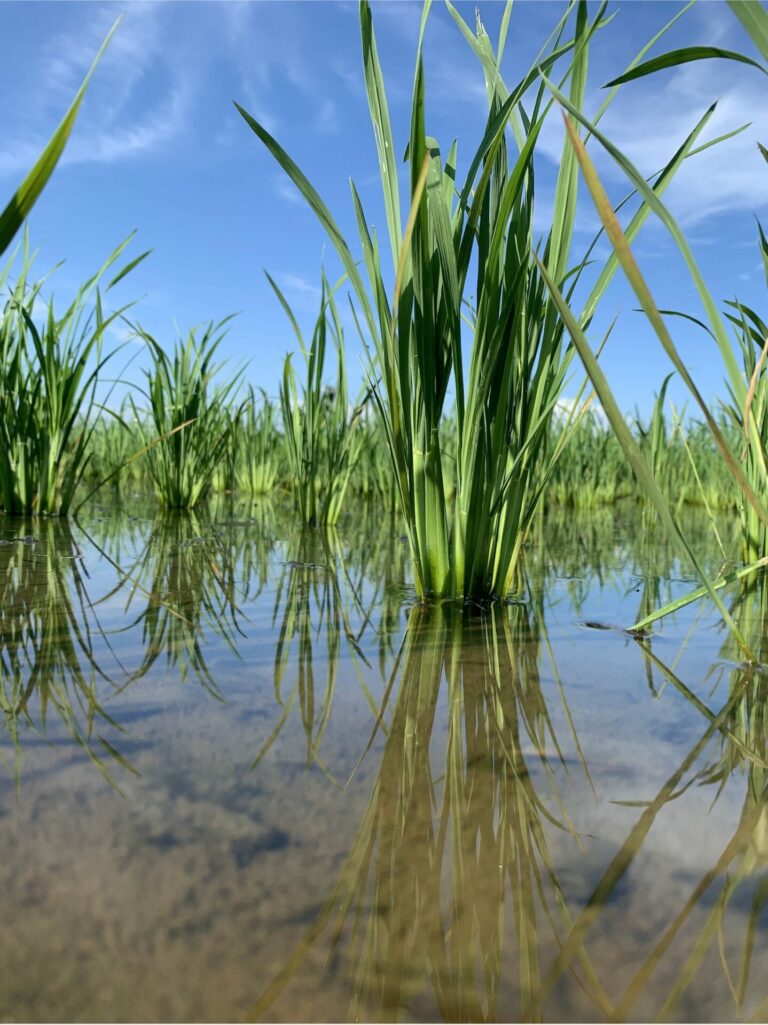
Bioengineering
From roots to shoots: decoding strigolactones in plant architecture and symbiosis

Plant Science
Engineering carbon sequestration on arid lands
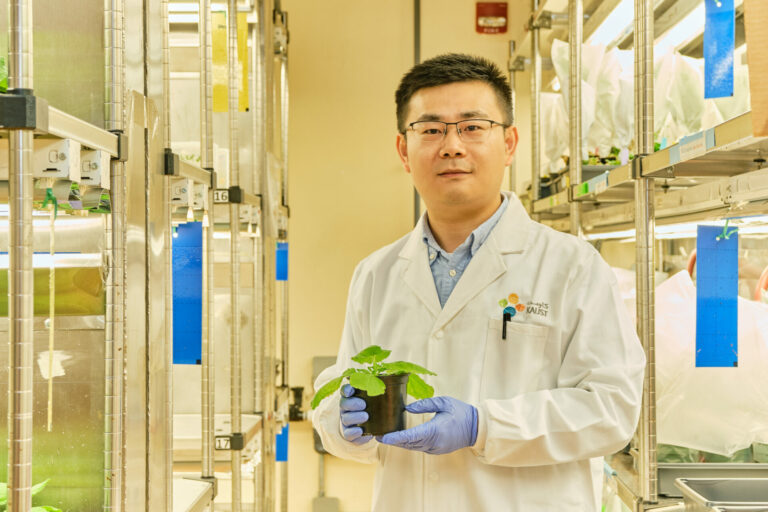
Bioengineering
Fungal enzymes may enhance provitamin A content and stability in crop plants
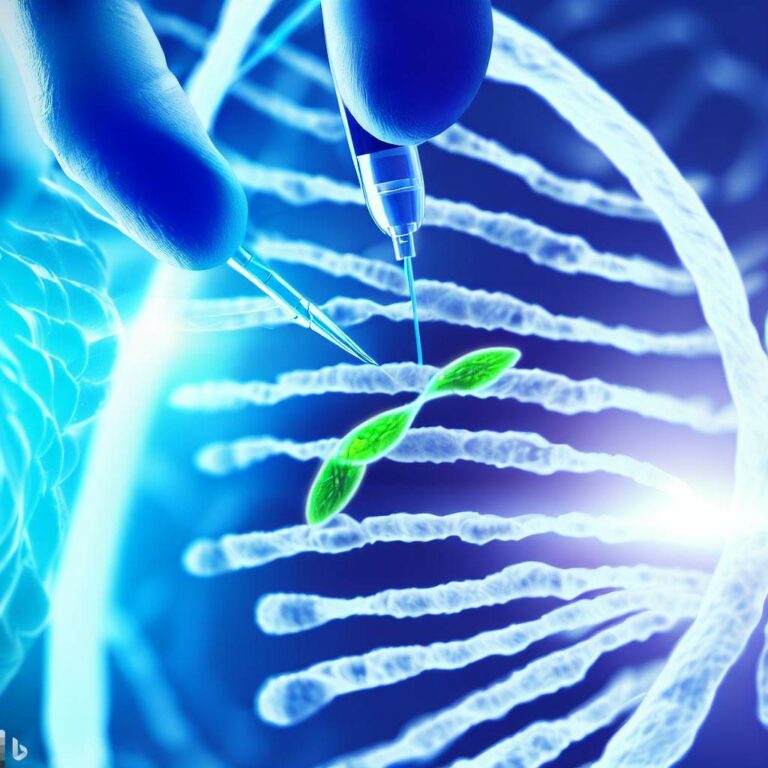
Bioengineering
New gene-editing technique offers path to precision therapies
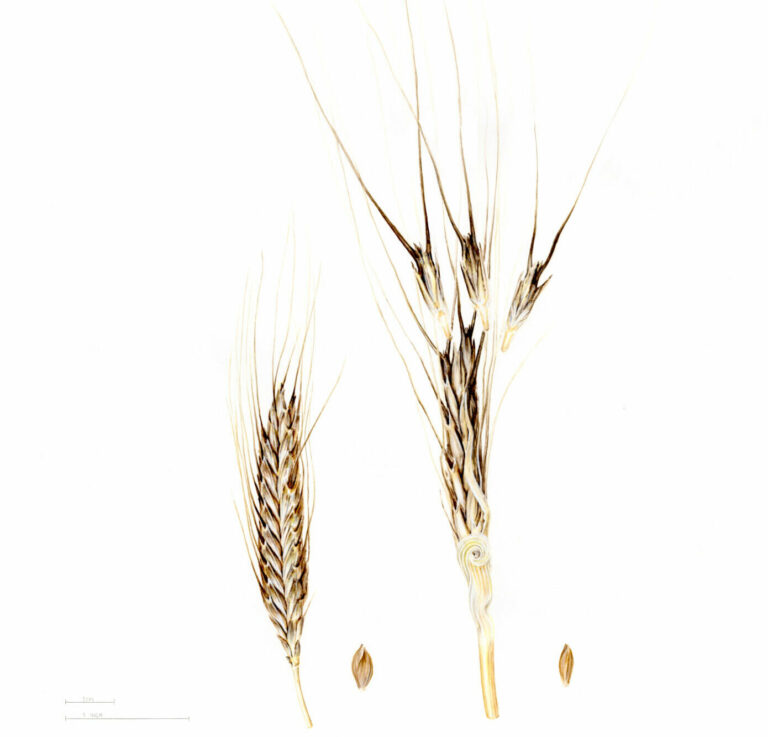
Bioscience
An ancient grain unlocks genetic secrets for making bread wheat more resilient
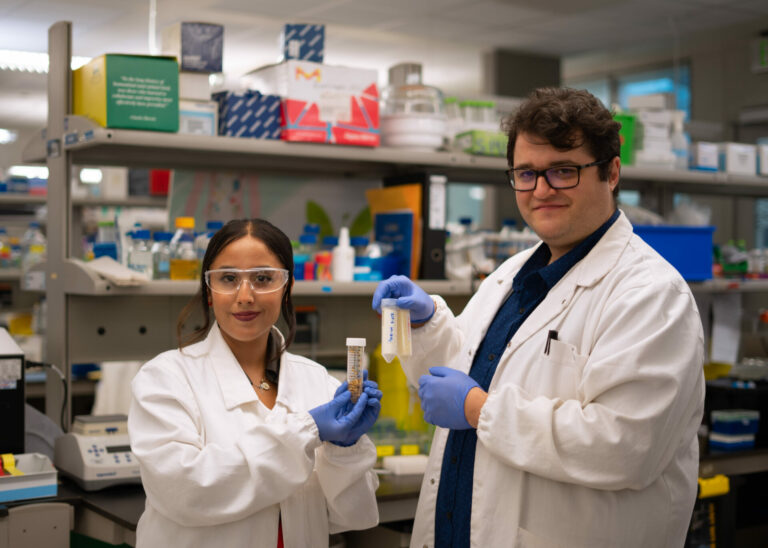
Plant Science




